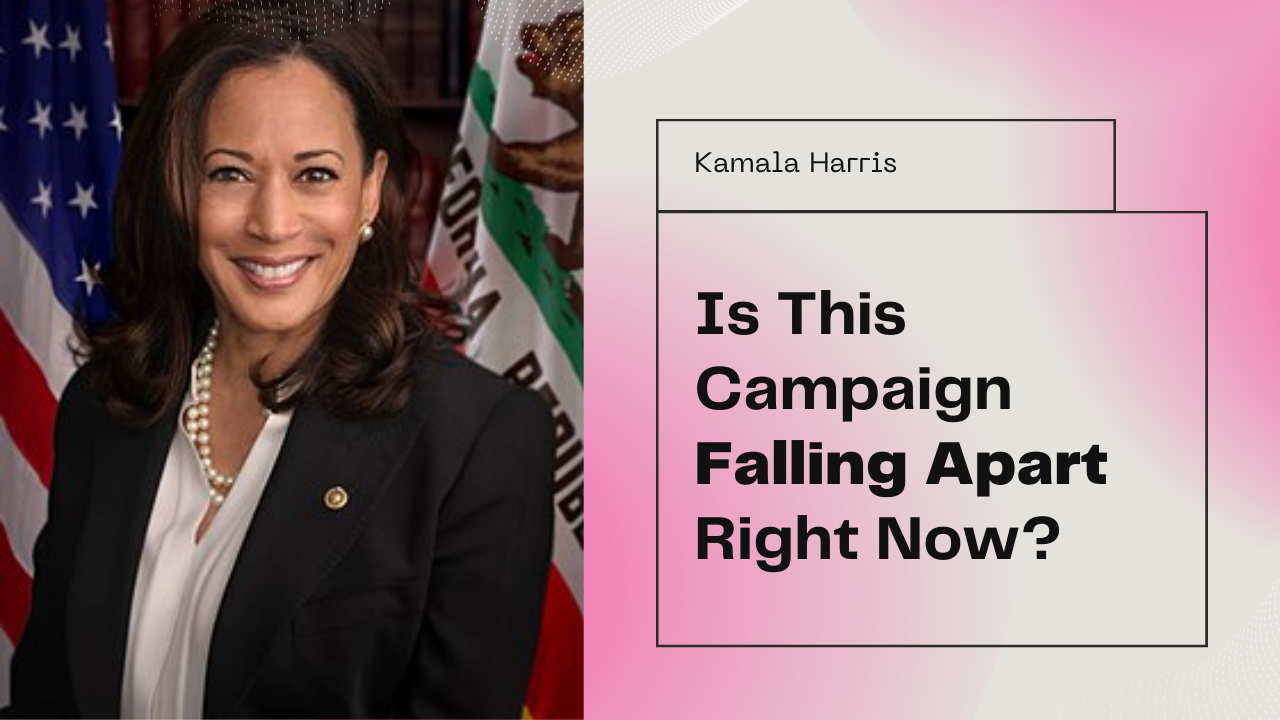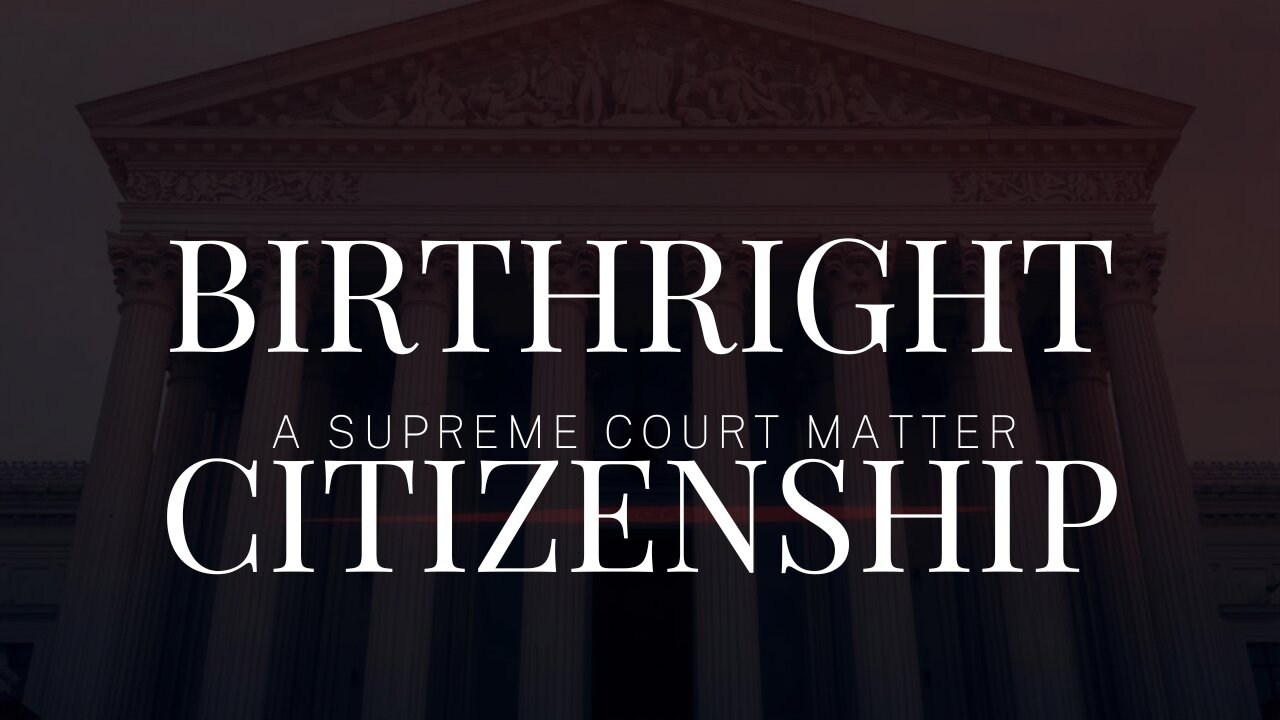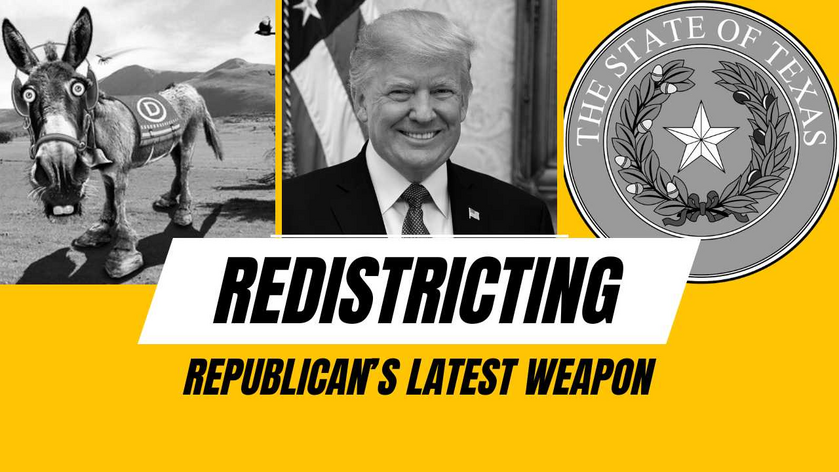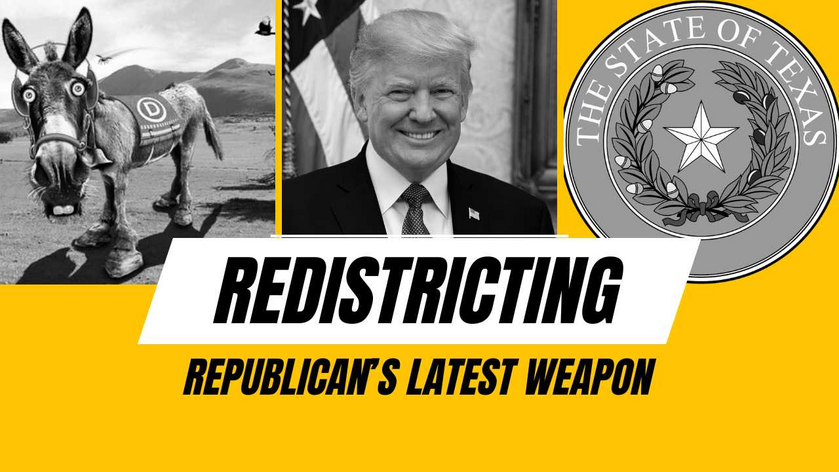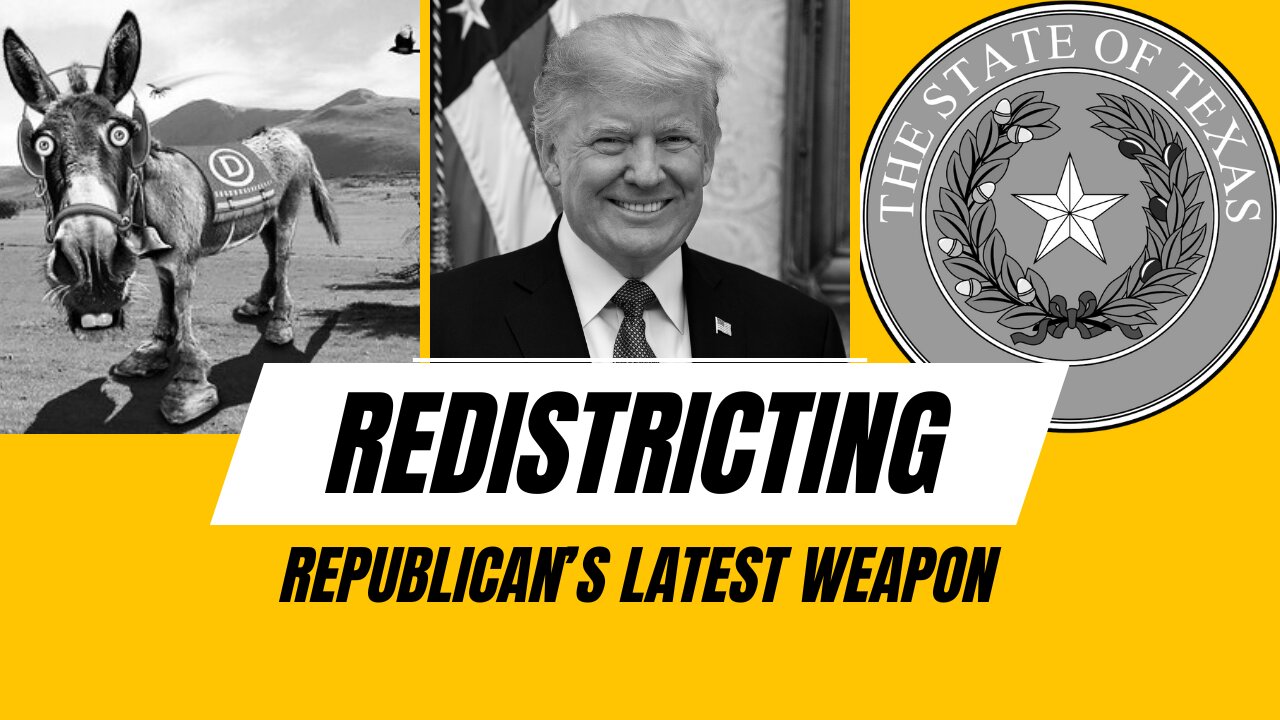The three current Texas immigration and border-control cases illustrate a serious problem with the federal-State relationship. In 1787, delegates to a national convention agreed that a “confederation” between and among sovereign States wasn’t working. They proposed that States give up a measure of their sovereignty in certain contexts, “to form a more perfect union.” The result was, of course, the Constitution of the United States, the oldest such instrument now in force and effect. That Constitution survived a bloody challenge in 1861-65. Now it faces another challenge, which is bloodless – so far. What happens when the federal government, having promised to protect the States from invasion, fails in that promise? What happens when the chief executive fails to “take care that the laws be faithfully executed”? Specifically, what shall a State do when suffering real harms the federal government will not remedy, or even acknowledge? We’re about to find out.
What is an invasion?
The Constitution spells out that the United States today is a republic. Article IV Section 4 reads:
The United States shall guarantee to every State in this Union a Republican Form of Government, and shall protect each of them against Invasion; and on Application of the Legislature, or of the Executive (when the Legislature cannot be convened) against domestic Violence.
Article I Section 1 Clause 3 reads in relevant part:
No State shall … engage in War, unless actually invaded, or in such imminent Danger as will not admit of delay.
Before examining what happens when that protection fails, one must first define the word invasion. Sadly the Constitution does not do this. Relying on this oversight, Judge David A. Ezra, in his opinion supporting an injunction against a Texas law, carefully defines an invasion as a hostile entry by an organized, uniformed, trained, and disciplined army. A horde of illegal immigrants does not an army make, in Judge Ezra’s opinion.
But is that correct? And even if it were, what facts has Judge Ezra overlooked? In fact he admits that:
some small fraction of immigrants may cross the border with malicious intent and some small fraction may be affiliated with paramilitary cartels.
As to those immigrants having hostile intent: first, when they avail themselves of government charitable benefits intended for lawful residents, they are no better than gate crashers who help themselves to a buffet intended for family and invited guests only. That, is plunder. And when they come with a view to registering to vote and demanding plebiscites for land cession or retrocession, that is an attempt at conquest. All these things are elements of invasion, even according to Black’s Law Dictionary.
Furthermore, Rep. Jim Himes (D-Conn.) recently admitted that at least ten “known or suspected terrorists” have gained entry by mingling with those illegal immigrant hordes. A terrorist is a saboteur. Sabotage is often the mission of the vanguard of any invading force.
The sovereignty principle and the Constitutional contract
Thus if Texas has not been “actually invaded,” it is “in such imminent danger as will not admit of delay.” But this judge, in the case at hand and a related case involving a physical barrier, refuses to acknowledge that. To him, these immigrant hordes present no danger. The survivors of Lakin Riley would beg to differ.
The Constitution is a contract between the several States and a new, heretofore nonexistent entity. That entity promised to forestall invasions of this kind. But more than that: the federal government stands on federal laws with which it says Texas is interfering. Yet they are not enforcing those laws. Article II Section 3 of the Constitution says in specific relevant part:
[The President] shall take Care that the Laws be faithfully executed.
President, or rather, Resident, Joe Biden has consistently failed to execute laws against illegal immigration. So what happens next? Nothing should happen, according to the Biden administration. Texas is wrongfully taking the law into its own hands, like a totally irregular, unauthorized – and dangerous – vigilance committee.
In fact, Texas is exercising sovereignty, and is within its natural rights under natural law. Indeed Texas joined the Union to begin with, to seek protection from an invasion in the traditional sense.
Judge Ezra has dangerously reinterpreted the contract, even as the federal government has flagrantly reneged on it. Now the Court of Appeals for the Fifth Judicial Circuit has the opportunity – and duty – to correct this error.
The Court of Appeals holds the balance
The Fifth Circuit has before it three cases, all having to do with measures Texas is taking against the invasion:
U.S. v. Abbott, in District Court and Appeals Court. Texas has strung ballards, or buoys, along the Rio Grande. The Biden administration wants them removed. Judge Ezra ordered the removal, and a Fifth Circuit panel affirmed. But then Texas applied for a rehearing en banc – and won it.
Texas v. Department of Homeland Security, in District Court, Appeals Court, and Supreme Court. Texas strung lengths of concertina wire along the northern Rio Grande Valley, along certain property lines, with the owners’ consent. Border Patrol agents cut the wire away in places. Texas sued. The Fifth Circuit entered an injunction pending appeal, and the Supreme Court vacated it. Whereupon Texas evicted the Border Patrol and took direct control. (The last twenty-four hours have seen a direct breach of the fence, with migrants swarming it. Such behavior certainly suggests an army, even if it’s an army of irregulars.)
U.S. v. Texas, in District Court (consolidated with another case), Appeals Court, and Supreme Court. This is the case involving Texas Senate Bill 4, a measure to define unlawful entry as a State crime and empower Texas law-enforcement agencies to arrest those migrants if they see them crossing the international border. This is also the case in which Judge Ezra denied that Texas is under invasion.



Sovereignty clashes with misplaced compassion
Yesterday, U.S. v. Texas came to oral argument, on a motion for a stay pending appeal. An earlier administrative stay of Judge Ezra’s injunction is now dissolved. This case is now consolidated with an earlier lawsuit by the Las Americas Immigrant Advocacy Center, American Gateways, and the County of El Paso.
Aaron Lloyd Nielson, arguing for Texas, set forth four principles defining likelihood that Texas will prevail on the merits:
The organizational or “non-profit” plaintiffs lack standing. Nothing in the law would exact a penalty against them for what they do. Furthermore, the United States has no cause of action, because SB 4 does not set or change anyone’s status.
SB 4 is not pre-empted, because it does not address any exclusively federal question, and “mirrors rather than conflicts with” federal law. Neilson also accused Judge Ezra of misreading Arizona v. United States to find pre-emption.
Texas has a right to defend itself – and at least some provisions of SB 4 are Constitutional. Judge Ezra admitted that sometimes drug cartel agents cross over with malicious intent.
Judge Ezra did not apply severability to determine which portions of SB 4 might still be constitutional. (This is correct. Judge Ezra held that SB 4 was “an intertwined whole” and severing any part of the law would be pointless.)
The opposing argument – and unforced errors
Daniel Bentele Hahs-Tenny, arguing for the Biden administration, seemed to say that even illegal immigrants were untouchable by any State law-enforcement officers, unless they committed crimes in addition to the crime of being in the United States illegally. Cody Wofsy, arguing for the American Civil Liberties Union (which represents the organizational plaintiffs), asserted that they have standing because they would have to divert substantial resources to deal with their clients who ran afoul of State authorities.
Sadly, Mr. Nielson made three unforced errors in his argument. First, he didn’t argue about the cartels forcefully enough. Their security forces are armed, and thus constitute an organized, disciplined force, if paramilitary. Why didn’t Mr. Nielson mention this, especially as Judge Ezra admitted it in his opinion?
Second, Nielson did not prepare adequately to state what would happen to an illegal immigrant in all contingencies. For example, the law provides that the State would “remove” someone by taking them to a lawful point of entry and handing them over to immigration authorities. What happens if – as is likely under Resident Biden’s orders – the immigration authorities turn the immigrants loose? Then the Texas LEOs would arrest them all over again. That obviously looked bad.
But Judge Priscilla Richman (the Chief Judge of the Circuit) then asked: suppose an immigrant unlawfully infiltrates the border elsewhere than the Texas-Mexican border, and then enters Texas across an ordinary State line? What then? Nielson said he didn’t know. He should have found out.
Another judge takes issue with the administration
But Mr. Hahs-Tenny had his own problem with Judge Andrew Oldham, the one Trump appointee on the panel. Hahs-Tenny essentially accused Texas of unsupportable vigilantism. Then Judge Oldham reminded him that SB 4 did not propose to create an alien registry or work-permit system. The judge caught the Biden administration solicitor flatfooted, reducing him to such vocalizations as “uh” and “ulp.”
Mr. Wofsy didn’t fare much better – but neither the judge nor Mr. Nielson (in rebuttal) asked the right question afterward. Whiskey Tango Foxtrot was Mr. Wofsy doing there? He’s saying – as Judge Ezra said – that Las Americas and American Gateways have standing because they would have to divert substantial resources to fight new State “raps” under this law. But does an attorney in criminal practice have standing in his own right if, say, federal law makes a new “federal beef” out of murder or kidnap, in other than an interstate context? If not, how does Las Americas or American Gateways gain standing just because Texas makes their missions more difficult? Indeed, what is their mission, other than to facilitate the invasion? How, indeed, can they have any legitimate mission in aid of persons who entered the United States illegally?
Twenty-two States defend their sovereignty as well
On the very day the Fifth Circuit panel heard oral argument, twenty-two States filed their own friend-of-the-court brief supporting Texas. The apparently arbitrary way Judge Ezra said the Supreme Court’s Arizona decision pre-empted Texas SB 4 suggested that their own State laws might be in similar jeopardy. In fact the tone of the brief suggests that many of these States would like to write their own laws making unlawful presence a crime, subject to arrest by State LEOs. That would be in accord with several expressions of frustration your correspondent has seen on several social media. Typically, someone will ask, “Why won’t our governor declare an invasion and start deporting these migrants?” (In fact, Bradlee Dean at Sons of Liberty has repeatedly called for State governors to do precisely that.)
These twenty-two attorneys general point out that courts should avoid finding conflict whenever possible. Then they pointed out two features of SB 4 and the challenge to it:
The Biden administration, and the two non-profits, challenged the law on it face.
SB 4 “implicates multiple Constitutional provisions.” Tellingly, the attorneys general invoked the Invasion Clause – the very clause at issue here.
Finally, they said that if the Arizona case were as broad as Judge Ezra seemed to think, then it’s time for someone to go to the Supreme Court and say it ought to overrule the precedent.
What about overriding Arizona?
Tellingly, two dissenters from that decision – Sam Alito and Clarence Thomas – are still on the Supreme Court. Neil Gorsuch replaced the third dissenter, which was Justice Antonin Scalia. The dissenting opinions all speak to sovereignty and how this decision violates it.
Today’s opinion, approving virtually all of the Ninth Circuit’s injunction against enforcement of the four challenged provisions of Arizona’s law, deprives States of what most would consider the defining characteristic of sovereignty: the power to exclude from the sovereign’s territory people who have no right to be there. Neither the Constitution itself nor even any law passed by Congress supports this result. I dissent.
…
Arizona has moved to protect its sovereignty—not in contradiction of federal law, but in complete compliance with it. The laws under challenge here do not extend or revise federal immigration restrictions, but merely enforce those restrictions more effectively. If securing its territory in this fashion is not within the power of Arizona, we should cease referring to it as a sovereign State. I dissent.
Justice Scalia
This is exactly why an increasing number of Texans are considering the drastic step of attempting secession from the Union. Arizona, even more than the surrender instrument of Appomattox, makes the phrase “sovereign State” inapplicable to American “States.” They might as well be provinces. Sadly, the language of every Constitutional Amendment from Amendment XV forward, echoes that refrain.
The right of citizens of the United States to vote shall not be denied or abridged by the United States or by any State…
Amendment XV
Previously such a text would have read “by the United States or by any of them.”
Thus by striking directly at the Arizona case, those twenty-two attorneys general go to the heart of the problem. This administration spits on State sovereignty by essentially refusing to curb illegal immigration in any way. Then it castigates any effort by any State – especially Texas, the State having the longest international border – to step into the breach, as no better than a taking of the law into his own hands by a vigilante.
The Fifth Circuit has an opportunity, in the three cases involving Texas, to stop these outrageous attacks. If it does not, then it invites Texas and its twenty-two “friends of the court” to re-evaluate the benefits of our federal union, as this administration is running it.
Link to:
Video:

The Constitution:
https://constitution.congress.gov/
Various court dockets:
U.S. v. Abbott:
https://www.courtlistener.com/docket/67630985/united-states-v-abbott/
https://www.courtlistener.com/docket/67770228/united-states-v-abbott/
Texas v. DHS:
https://www.courtlistener.com/docket/67909144/state-of-texas-v-us-department-of-homeland-security/
https://www.courtlistener.com/docket/68058529/state-of-texas-v-dhs/
https://www.supremecourt.gov/search.aspx?filename=/docket/docketfiles/html/public/23a607.html
U.S. v. Texas:
https://www.courtlistener.com/docket/68134300/united-states-v-state-of-texas/
https://www.courtlistener.com/docket/68304081/united-states-v-state-of-texas/
https://www.supremecourt.gov/search.aspx?filename=/docket/docketfiles/html/public/23a814.html
US v. Texas documents:
Preliminary injunction:
Oral argument, audio and video:
https://www.ca5.uscourts.gov/OralArgRecordings/23/23-30305_3-13-2024.mp3
Friend-of-the-court brief:
https://storage.courtlistener.com/recap/gov.uscourts.ca5.218049/gov.uscourts.ca5.218049.129.0.pdf
Arizona v. United States:
https://supreme.justia.com/cases/federal/us/567/387/
Previous videos:



Declarations of Truth X feed:
Declarations of Truth Locals Community:
https://declarationsoftruth.locals.com/
Conservative News and Views:
Clixnet Media

